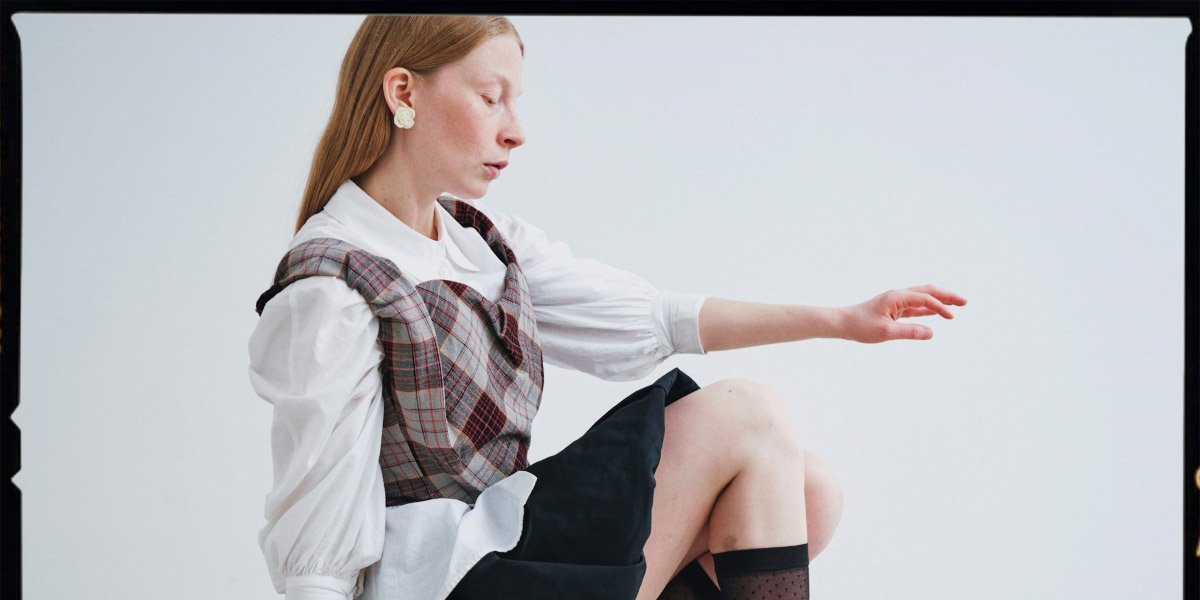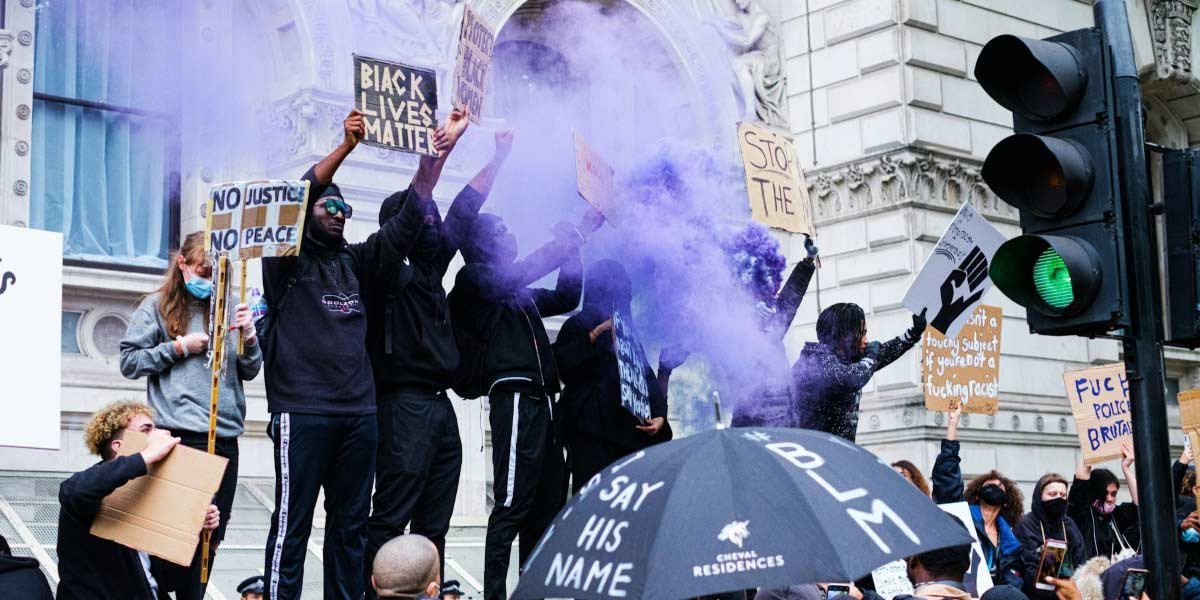By: Clicks Talent
In today’s fiercely competitive digital environment, influencer marketing has become the go-to strategy for brands aiming to connect with their audience. The choice between micro and macro influencers can play an important role in a campaign’s outcome. Micro-influencers often have highly engaged, niche audiences, which can help brands connect in a more personal and authentic way. Meanwhile, macro-influencers offer broader visibility, reaching large audiences and bringing substantial exposure to a brand.
The right choice is a game of precision, balancing a brand’s goals, budget, and audience targeting. At the forefront of this evolution is Clicks Talent, the first influencer marketing agency to recognize TikTok’s potential. Led by Abraham “AB” Lieberman, This agency has developed relationships with a diverse group of creators from various countries, demonstrating how selecting the right influencer can play a key role in helping a brand gain visibility and connect with a wider audience.
Nano-Influencers: Authentic and Grassroots
Nano-influencers, with relatively smaller follower counts, have found a niche in the influencer marketing landscape by focusing on authenticity and personal connections with their audiences. Their tight-knit communities trust their every recommendation, making them perfect for razor-focused campaigns. This level of engagement can make them well-suited for more focused campaigns, as their followers may be more inclined to trust their opinions and consider their recommendations. When brands collaborate with the right nano-influencers, they can reach a group of engaged followers who value authentic recommendations. This type of connection can be more personal and direct than what larger influencers may offer.
Their ability to build relationships can foster a more genuine connection, which may lead to higher engagement and potential conversions. Brands that appreciate the value of these influencers might find opportunities to connect with niche audiences in a more authentic way. In an era where consumers are often wary of traditional advertising, the influence of nano-influencers highlights how smaller, more engaged communities can have a meaningful impact.
Key Benefits of Nano-Influencers:
- Engagement rates can be notably higher than those of larger influencers.
- Authentic, relatable content that builds personal connections
- Suitable for hyper-local and community-driven campaigns that need impact
- Budget-friendly, offering value for cost-conscious brands
The Downside of Nano-Influencers: One consideration with nano-influencers is their smaller follower count, which can limit overall brand visibility. While they tend to have strong engagement, they may not be the best fit for campaigns aiming for large-scale reach. In such cases, working with a broader group of influencers could help maximize exposure.
Micro-Influencers: Engaged and Relatable
Micro-influencers typically have a moderately sized following, which allows for more focused engagement and the potential to build personal connections with their audience. This can foster trust and authenticity, which may contribute to stronger conversion rates and positively impact brand campaigns.
The key advantage of micro-influencers is their laser-focused niche expertise. Whether fitness, beauty, tech, or food, micro-influencers thrive within their specialized areas, attracting audiences already deeply invested in the subject. Micro-influencers may be a cost-effective powerhouse. Unlike macro-influencers, their rates are significantly lower. This budget-friendly advantage allows brands to stretch their marketing dollars further, allowing for the possibility of working with several micro-influencers for the cost of a single macro-influencer post.
Key Benefits of Micro-Influencers:
- Higher engagement rates – up to 4%! (Source: The Brand Hopper)
- More authentic, niche-specific content.
- Cost-effective partnerships, ideal for smaller budgets.
- Ideal for localized and community-focused campaigns
The Downside of Micro-Influencers: One potential limitation is their more focused reach. While they often have strong engagement, their smaller follower base may limit their ability to generate widespread brand awareness. For brands primarily focused on large-scale exposure, micro-influencers might not always be the most suitable choice.
Macro-Influencers: Broad Reach and Visibility
On the other hand, macro-influencers, with followings in the millions, can offer significant exposure. Their large reach allows them to share a brand’s message with a broad and diverse audience across different demographics and locations, which can be appealing for brands looking to increase visibility quickly.
The large reach of macro-influencers typically comes with higher costs. While they provide significant visibility, their engagement rates are often lower compared to micro-influencers. The size of their following can make the connection feel less personal, which may lead to endorsements that seem more commercial than authentic. As a result, brands may prioritize reach but could miss out on the more personal engagement that fosters stronger audience trust.
Key Benefits of Macro-Influencers:
- Massive reach across a broad audience.
- Established credibility and industry leadership.
- Potential to increase brand awareness on a larger scale.
The Downside of Macro-Influencers: While macro-influencers offer broad reach, their engagement rates are generally lower than those of smaller influencers. Additionally, partnering with macro-influencers can be costly, which might be challenging for brands with smaller budgets. The higher fees may impact overall ROI, especially if the focus is more on engagement than brand visibility.
Celebrity Influencers: Global Fame
Influencers with large followings have gained significant influence, often playing a role in shaping trends and consumer behavior. With just one post, they can catapult brands into the public eye, generating significant buzz and visibility that’s hard to replicate. Their global reach may enable connections with diverse audiences, making them indispensable for brands aiming to launch new products or amplify awareness. This type of influence can help increase a product’s visibility quickly, showcasing the potential value of celebrity endorsements in the age of social media.
The influence of these celebrities extends beyond their platforms, often reaching traditional media and sparking public discussions. Brands that collaborate with such influencers may benefit from increased visibility across various channels. In a fast-moving market, celebrity influencers can help keep brands in the public eye, contributing to conversations around emerging trends and cultural shifts.
Key Benefits of Celebrity Influencers:
- Massive reach across a global audience.
- High credibility and trendsetting power.
- Potential to boost a brand’s reputation and visibility.
The Downside of Celebrity Influencers:
Celebrity influencers often have lower engagement rates, and their large followings can make personal connections feel less direct. Additionally, their higher fees may be a challenge for some brands, and their endorsements may not always have the same level of authenticity that smaller influencers can offer.
Choosing the Right Fit for Your Brand
The choice between micro and macro influencers should align with a brand’s marketing goals and target audience. Micro-influencers are likely the best fit if the objective is to drive engagement and conversions within a specific niche. Their ability to form personal connections with their followers and their cost-effectiveness make them ideal for brands focused on building trust and fostering long-term relationships within a targeted community.
Macro-influencers can offer significant reach for brands aiming to increase visibility and brand awareness on a larger scale. However, brands may need to invest more and might experience lower engagement rates in exchange for broader exposure. Finding the right balance between these factors can help refine influencer marketing strategies.
A Balanced Approach: Combining Both Options
For many brands, a hybrid approach that combines both micro and macro influencers may deliver the best of both worlds. By leveraging macro-influencers to build large-scale visibility and micro-influencers to foster deeper audience engagement, brands can strike the ideal balance between authenticity and reach. This strategy enables targeted, meaningful interactions while still benefiting from the broad exposure that macro-influencers provide.
In influencer marketing, there’s no one-size-fits-all solution. The choice between micro and macro influencers depends on a brand’s unique needs and objectives. By understanding the strengths and limitations of each type, brands can make informed decisions, maximize their marketing spend, and achieve their goals.
For brands exploring this landscape, Clicks Talent has experience in TikTok influencer marketing and a network of influencers that may help shape a suitable strategy.
Published by Zane L.















